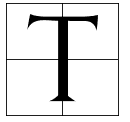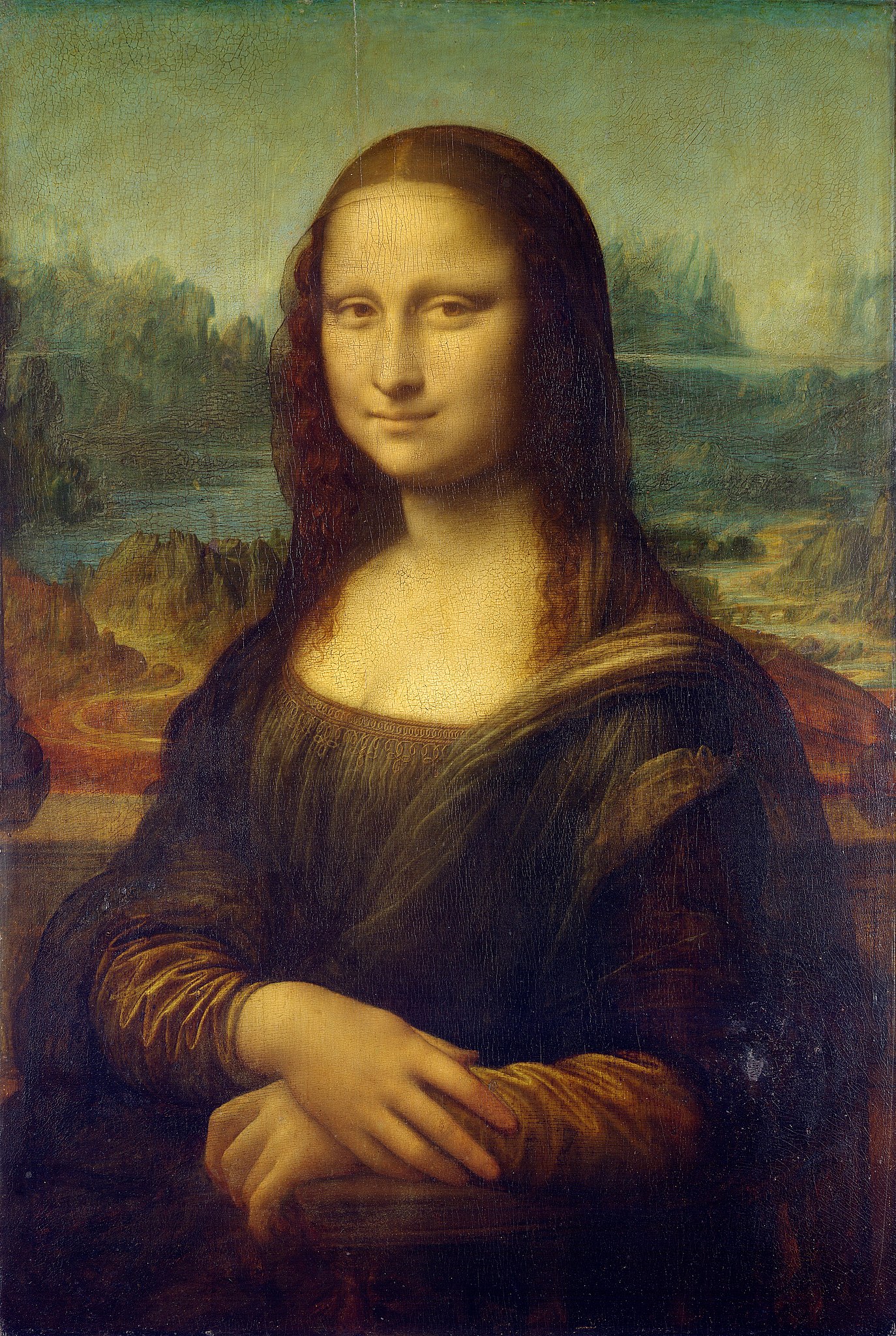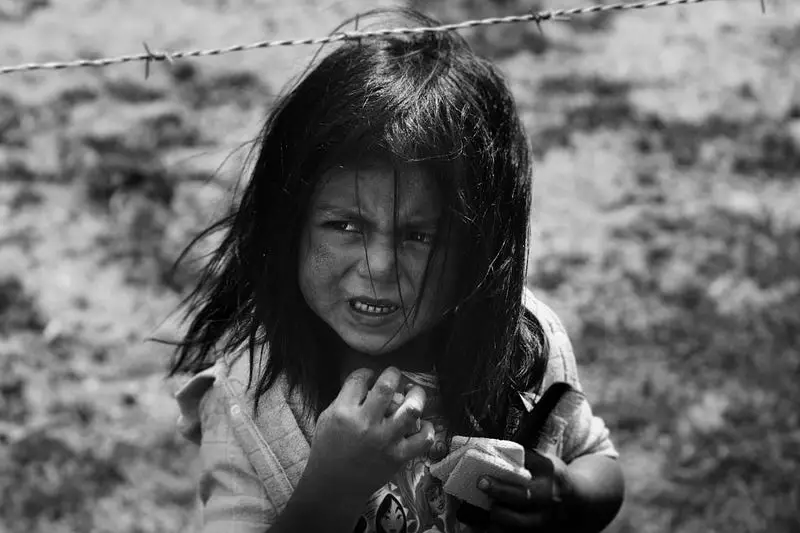 he painting is small, only 77 x 53 cm, and the colors used are dim. Neither signed nor dated, his work Leonardo da Vinci was painted on poplar. We suspect that it was made between 1503–1506, because as Giorgio Vasari (1511–1574), the first biographer of the artist, tells us, in the work Lives of painters, sculptors, and architects, published in Florence in 1550. In fact, Vasari is the one named Leonardo Mona Lisa’s first work, which, until then, had no name.
he painting is small, only 77 x 53 cm, and the colors used are dim. Neither signed nor dated, his work Leonardo da Vinci was painted on poplar. We suspect that it was made between 1503–1506, because as Giorgio Vasari (1511–1574), the first biographer of the artist, tells us, in the work Lives of painters, sculptors, and architects, published in Florence in 1550. In fact, Vasari is the one named Leonardo Mona Lisa’s first work, which, until then, had no name.
What is obvious is that the Mona Lisa exceeds the portrait character of a person, no matter how interesting it was, and rises to general values and broad meanings on multiple planes. Let’s try, along with the most recent analysts of the painting, of course, to unravel the mysteries that are still gliding on the paper. and by default, let’s see why Mona Lisa is so famous.
Leonardo da Vinci

First, let’s say something about the author. Leonardo da Vinci is a true embodiment of the concept of creative genius from the height of the Renaissance. He was born in Anchiano / Vinci (near Florence) in 1452 and died in 1519 in the castle of Cloux in France. He was a painter, architect, sculptor, musician, poet, chemist, anatomist, physicist, literate, and engineer. Thus, Leonardo is considered the greatest engineer of all time. His inventions include the diving suit, life jacket, machine gun, tank, glider, helicopter, parachute, the car, submarine, hydraulic clock, extensible ladder, steam pump, etc. in his free moments. He takes his palette and brush and paints: the secret dinner, Saint John the Baptist or the smile of the Mona Lisa.
The only major shortcoming of this universal genius was that he maintained an uneasy eternity in him. A huge equestrian statue was just about to be erected, and a pond was left because the construction of a new type of siege gun came to mind. And this, just started, was abandoned for trying a mixture to replace the oil painting, which the Flemish spread. The Mona Lisa painting was no exception either. Leonardo lived for 67 years, but his artistic output is reduced, even compared to those artists who died young.
The story behind the painting
According to Giorgio Vasari, Leonardo began the portrait in Florence in 1503 and finishes it after four years. The artist will never separate at this time from his painting, which is why he is most likely to have taken her to Amboise, where the King of France, Francis I, had called him. The king asked him to sell his portrait, but the artist refused. Two years later, shortly before Leonardo da Vinci’s death, the French sovereign bought, however, a masterpiece with 12,000 francs.
Another variant, more widely accepted, claims that after the artist’s death, the painting would have left Salai, Leonardo’s servant, and after his death in 1524, his sisters, Angelina and Lorenziola Caprotti. Finally, from here, it is assumed that it would have been acquired by Francesco Melzi — the last of Leonardo’s students — through which he arrived in France. However, we do not know for sure when this painting arrived on the property of King Francis I.
In 1625 it was already at Fontainebleau where a certain Cassiano dal Pozzo, making an inventory of the paintings of the royal house called this portrait Gioconda as he is known in France. Under Francis, I adorned his bathroom. during the fourteenth century, he was given special importance, being exhibited in Versailles in the King’s Cabinet. Now some copies of the work will come to light, so well executed that some of them were attributed to Leonardo himself. After the French Revolution, he is exposed to the Louvre. Napoleon Bonaparte took it for his own bedroom from the Tuileries Palace.
Since 1804 it had been exhibited in the new museum of the Louvre where, since then, it had delighted millions of people. The painting is also exposed today with the explanation of the Portrait of Lisa Gherardini, the wife of Francesco del Giocondo. In 1911, following a rattling robbery, the painting disappeared but was recovered two years later. During World War II, along with other prized works, he wandered from shelter to shelter, eventually reaching the Castle of Saint-Ceré in 1945. Mona Lisa returned to Paris again.
Avid Writer with invaluable knowledge of Humanity!
Upcoming historian with over 30 million views online.
“You make your own life.”





